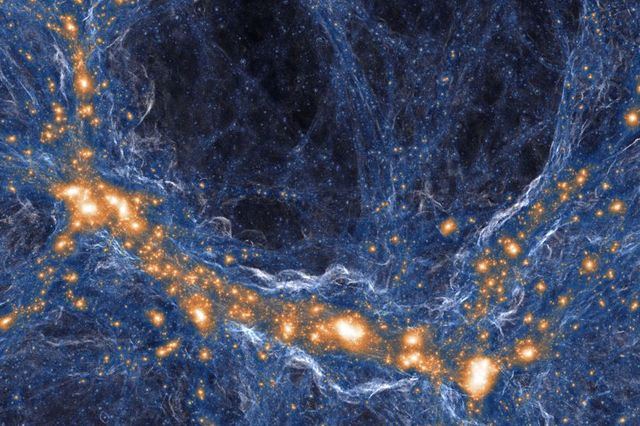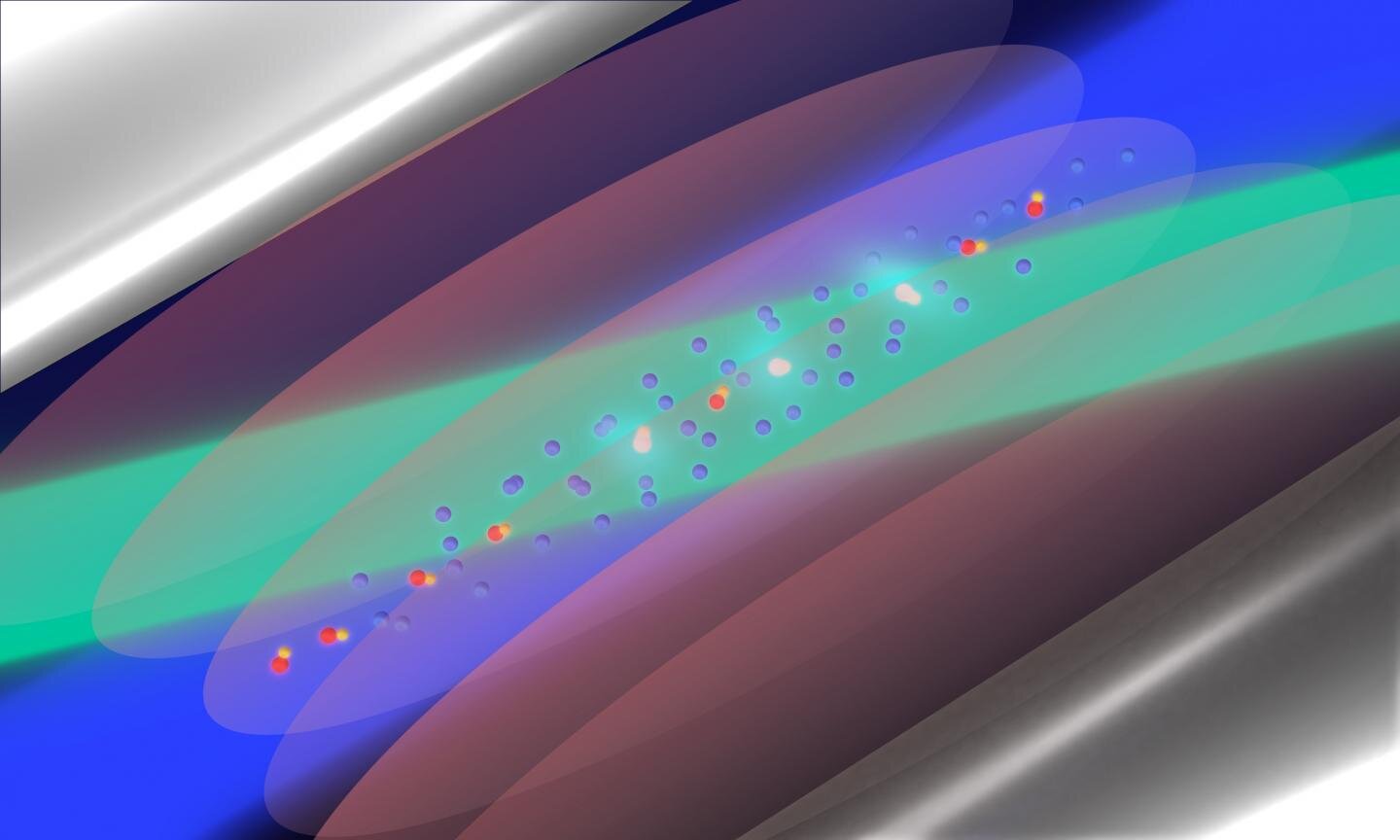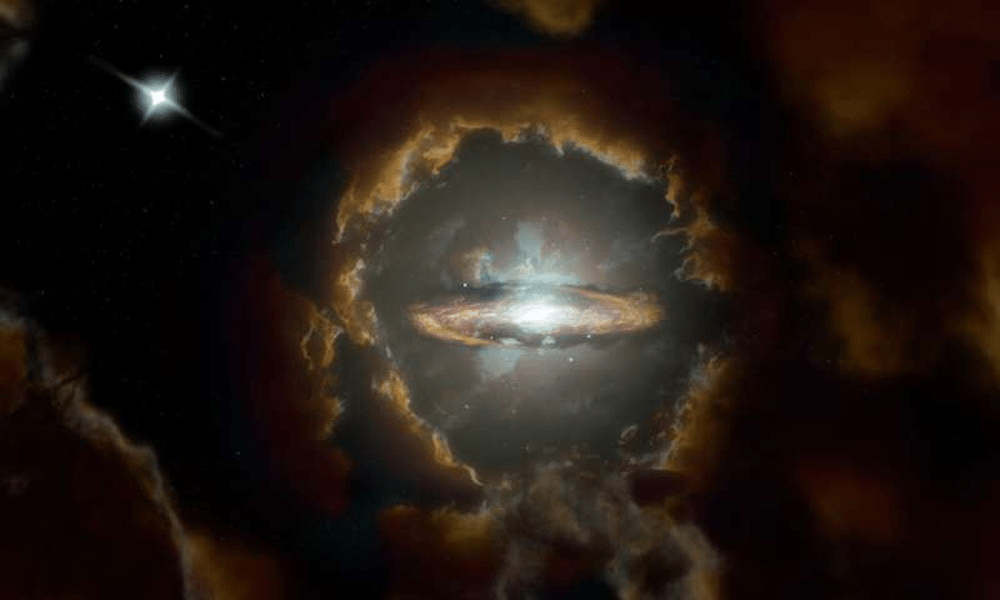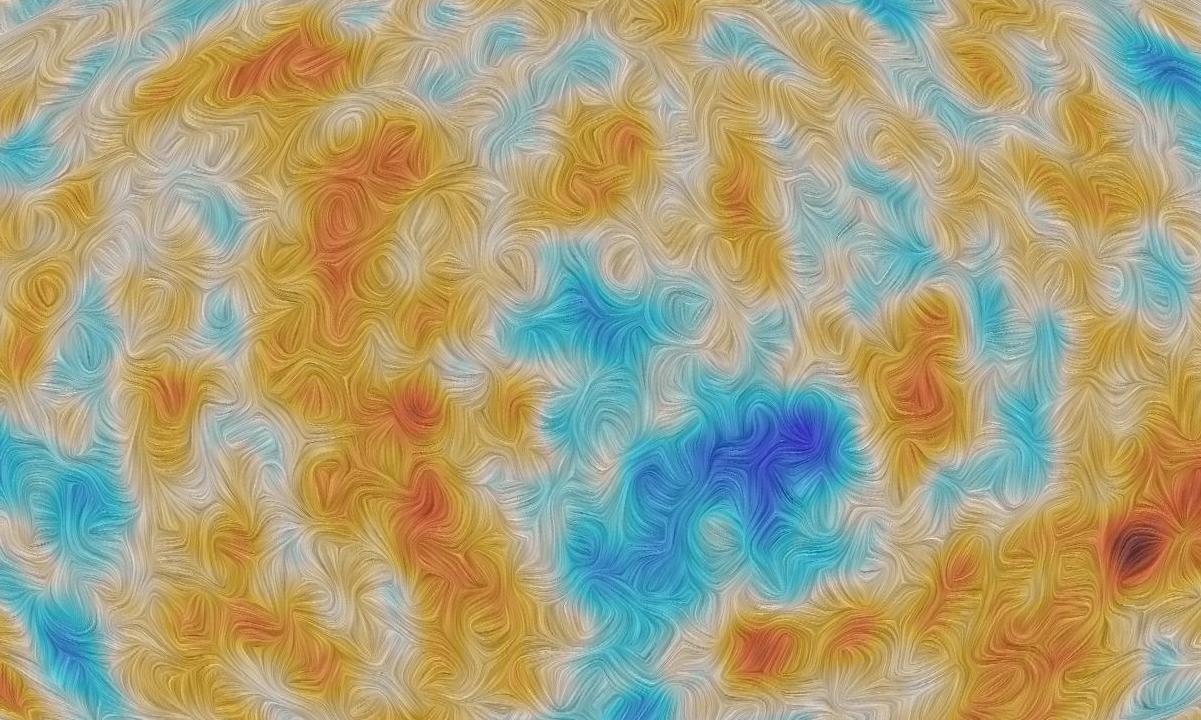The oldest light in the universe is that of the cosmic microwave background (CMB). This remnant glow from the big bang has traveled for more than 13 billion years. Along the way, it has picked up a few tales about the history and evolution of the cosmos. We just need to listen to what it has to say.
Continue reading “Polarized light from the cosmic background hints at new physics”One of These Pictures Is the Brain, the Other is the Universe. Can You Tell Which is Which?

“Science is not only compatible with spirituality; it is a profound source of spirituality. When we recognize our place in an immensity of light years and in the passage of ages, when we grasp the intricacy, beauty and subtlety of life, then that soaring feeling, that sense of elation and humility combined, is surely spiritual.” – Carl Sagan “The Demon-Haunted World.”
Learning about the Universe, I’ve felt spiritual moments, as Sagan describes them, as I better understand my connection to the wider everything. Like when I first learned that I was literally made of the ashes of the stars – the atoms in my body spread into the eternal ether by supernovae. Another spiritual moment was seeing this image for the first time:

A new way to map out dark matter is 10 times more precise than the previous-best method
Astronomers have to be extra clever to map out the invisible dark matter in the universe. Recently, a team of researchers have improved an existing technique, making it up to ten times better at seeing in the dark.
Continue reading “A new way to map out dark matter is 10 times more precise than the previous-best method”The galaxy with 99.99% dark matter isn’t so mysterious any more
The dwarf galaxy known as Dragonfly 44 caused a stir recently: apparently it had way, way more dark matter than any other galaxy. Since this couldn’t be explained by our models of galaxy formation, it seemed like an oddball. But a new analysis reveals that Dragonfly 44 has much less dark matter than previously thought. In short: it’s totally normal.
Continue reading “The galaxy with 99.99% dark matter isn’t so mysterious any more”If dark matter is a particle, it should get inside red giant stars and change the way they behave

Dark matter makes up the vast majority of matter in the universe, but we can’t see it. At least, not directly. Whatever the dark matter is, it must interact with everything else in the universe through gravity, and astronomers have found that if too much dark matter collects inside of red giant stars, it can potentially cut their lifetimes in half.
Continue reading “If dark matter is a particle, it should get inside red giant stars and change the way they behave”Art Installation that Demonstrates How Dark Matter Bends Light with Gravity
At the Science Gallery of Trinity College Dublin, a beautiful work of art is capturing the imagination of people all over the world. It’s called “Dark Distortions,” a work of interactive art by Dutch artist Thijs Biersteker of Woven Studio. Inspired by the ESA’s forthcoming Euclid mission, a visible to near-infrared space telescope that will launch sometime in 2022 to study the mysterious nature of Dark Matter.
Continue reading “Art Installation that Demonstrates How Dark Matter Bends Light with Gravity”A Tabletop-sized Experiment Could Help in the Search for Dark Matter

Dark matter is one of the least understood aspects in physics. The evidence for dark matter is from its gravitational influence on galactic scales which cannot be explained by the presence of conventional matter. Despite its large gravitational interactions, it is notoriously difficult to learn about dark matter as it does not interact with electromagnetic fields, hence the name of “dark” matter.
But just because it is difficult to get it to interact with anything on the electromagnetic spectrum does not mean it is impossible to detect other feeble interactions it may have. A team of theoretical physicists from Caltech have recently proposed a novel type of experiment that may just hold the key to understanding dark matter with specific types of interactions.
Continue reading “A Tabletop-sized Experiment Could Help in the Search for Dark Matter”There’s no evidence that dark matter interacts with any other force but gravity

Most of the universe is made of one of two kinds of mysterious substances, called dark matter and dark energy. From all the evidence, these two cosmic components only interact with “normal” matter through the gravitational force. And a recent nuclear experiment reveals no presence of any dark contamination in the bonds between atomic nuclei to a level twenty times better than previously recorded.
Continue reading “There’s no evidence that dark matter interacts with any other force but gravity”Japanese Dark Matter Detector is Seeing a “Surprising Excess of Events”
Dark matter is notoriously difficult to detect. So difficult that we haven’t detected it yet. Evidence for dark matter can be seen in everything from the warping of light near galaxies to the way galaxies cluster together. We are pretty sure dark matter is real, but we also know it can’t be made of any type of particle we currently know. But a new study has found some interesting data that could be evidence of dark matter, or not.
Continue reading “Japanese Dark Matter Detector is Seeing a “Surprising Excess of Events””A Massive Rotating Disc Discovered in the Early Universe

If we want to understand how the Universe evolves, we have to understand how its large structures form and evolve. That’s why astronomers study galaxy formation. Galaxies are enormous structures of stars, planets, gas, dust, and dark matter, and understanding how they form is critical to understanding the Universe itself.
In 2017, astronomers working with ALMA (Atacama Large Millimeter/sub-millimeter Array) discovered an ancient galaxy. This massive rotating disk galaxy was born when the Universe was only about 1.5 billion years old. According to the most accepted understanding of how galaxies form and evolve, it shouldn’t exist.
But there it is.
Continue reading “A Massive Rotating Disc Discovered in the Early Universe”




